By Benton County IRVM Manager Ben Bonar
The tallgrass prairie once covered more than 170 million acres of the United States. Stretching from Indiana to Kansas and Canada to Texas, this sea of grass, sedge and forb species created an intricate ecosystem that dominated the Midwest for roughly 8,000 years. Between 1830 and 1900 the prairie underwent one of the most drastic land transformations in human history. Aided by the steel plow, European settlers steadily converted the prairie into farmland and reduced the area to 2% of its original size by the early 1900s. These effects were even worse in Iowa where 80% of the land area was prairie. We have around 0.1% of the original Iowa prairie remaining today. This once dominant ecosystem had become more endangered then the rainforest.
Growing up in eastern Iowa, I have a hard time remembering an occasion when prairie was brought up in conversation. In fact, I didn’t even see a prairie until I began working with the Iowa Department of Natural Resources Parks Department in 2009. I remember wondering at the time why someone would spend so much time restoring something that looked like a mess of weeds and flowers. It wasn’t until I began my masters at the University of Northern Iowa that I gained a true appreciation for prairie. The advisor for my program scheduled a field trip to a prairie remnant in Chickasaw County. Though I did not think it at the time the visit ended up being one of the most influential moments in my career. Getting to see a remnant community of prairie plants in bloom and how each species found its own niche within the whole was very interesting. This interest was then expanded exponentially when I began a position working with the Iowa DNR Prairie Resource Center (PRC). The PRC grows and processes prairie plant seed and distributes it to the states 20 wildlife management units. While in role I visited a variety of prairie remnants, grew plants, harvested seed and processed the resulting material. I also helped to restore and manage prairie throughout Brushy Creek State Recreation Area. Getting to work with over 65 species of plants on a daily basis helped to cement my place as a prairie enthusiast for years to come.
When I first learned about the IRVM Roadside Manager position in Benton County I was very excited. Full-time positions working directly with prairie do not come open very often and this would provide an excellent opportunity to give back to the county that I grew up in. I received an interview for the position and shortly after accepted an offer. Since the IRVM program in Benton County is relatively new, I have been working with prairie enthusiasts throughout the county to lay the groundwork for future success. Since November, I have written a new management plan for the IRVM program, began developing partnerships with other conservation organizations, attended a variety of training and informational meetings and written a grant to build demonstration prairie plots near the Benton County Secondary Roads office. Below is a little history on our program and the benefits that it brings to Benton County.
Integrated Roadside Vegetation Management (IRVM) began in Benton County when the Board of Supervisors adopted an IRVM management plan on August 9, 2005. This action supported the use of native perennial vegetation to reduce roadside management costs and solve environmental issues such as soil erosion and stormwater management. The Benton County Integrated Roadside Vegetation Management Advisory Committee was formed on December 1st 2009. This committee was created to assist in the planning and implementation of Benton County’s roadside management efforts. Since it began, the Benton County IRVM program has restored ~5.5% of the 5184 acres of right of way in the county.
Integrated Roadside Vegetation Management provides numerous benefits to Benton County and its residents. By focusing on restoring diverse communities of prairie plants, our planted roadside areas contain durable, long-lived stands of vegetation that effectively combat noxious weed infestations. This occurs in several ways. Tall prairie vegetation shades out Canada Thistle and other weed seedlings that are difficult to control. Prairie root systems also deprive weed roots of water, nutrients and space that they need to survive. Furthermore, diverse prairie communities reduce the effects of erosion and stormwater runoff. Prairie root systems often penetrate 6-8 ft. but can extend deeper. This enables the plants to survive drought and high salt concentrations. In addition, deep root systems and dense above ground vegetation hold soil together and reduce stormwater runoff by slowing surface water flow and increasing infiltration. With a large amount of Iowa being used for agricultural purposes, roadsides also provide one of the last places to preserve our natural heritage. By planting native vegetation we ensure that these communities will survive into the future.
If you are interested in becoming involved with the Benton County IRVM program feel free to contact me at any time. There are a wide variety of ways that you can become involved. The Benton County IRVM Advisory Committee meetings are open to the public and we would love to have anyone that is interested attend. These meetings are normally held at 5:30 pm at the Benton County Nature Center. A tentative schedule of this year’s meeting times can be found below. We will also be putting on a variety of prairie-related workshops, volunteer events and presentations throughout the year. A great way to keep up on these opportunities is to join the Benton County IRVM listerv by providing me your email address or following our page on Facebook at Benton County IRVM. I will also be working with landowners to plant natives in the roadsides near their property. If you are interested in restoring right of way near your property get in touch and I would be more than happy to work with you
 By Benton County Conservation · February 13, 2014, 9:49 pm
By Benton County Conservation · February 13, 2014, 9:49 pm 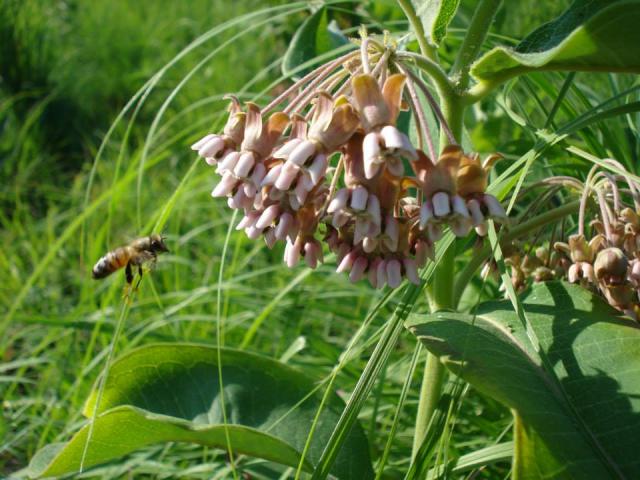
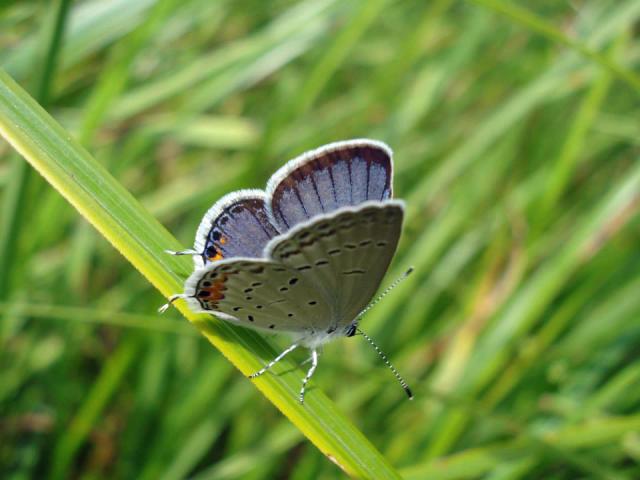
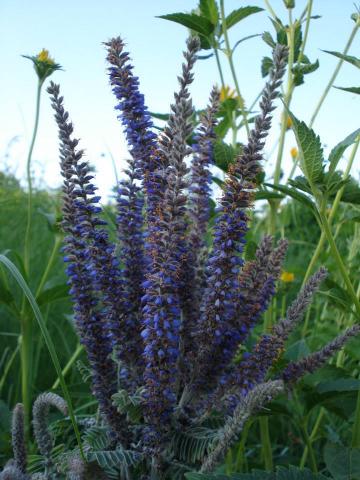
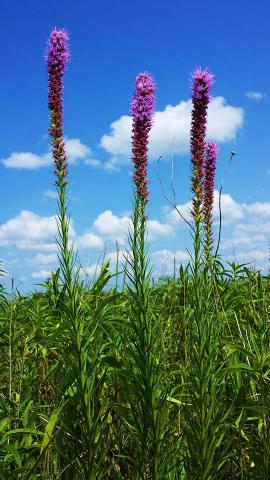
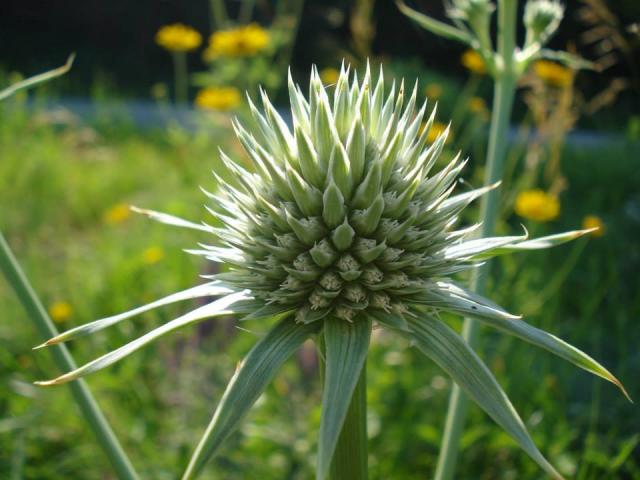
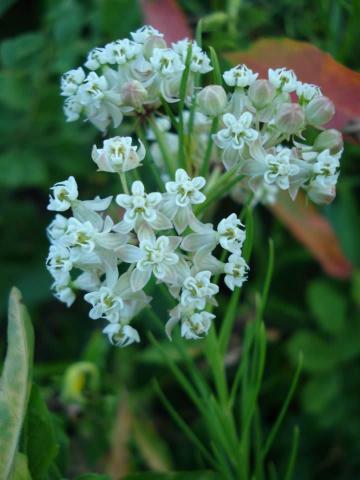
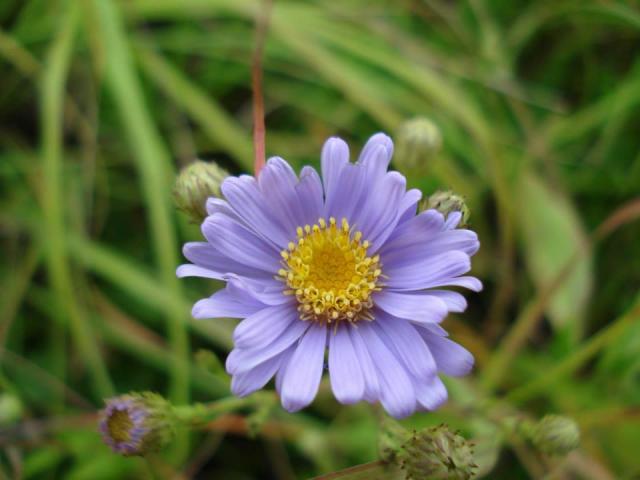
Comments
Submit a CommentPlease refresh the page to leave Comment.
Still seeing this message? Press Ctrl + F5 to do a "Hard Refresh".
Ben Bonar
IRVM Roadside Manager
Phone: (319) 472-2211
Email: bbonar@co.benton.ia.us
Facebook: search Benton County IRVM
Benton County Advisory Committee Tentative Meeting Schedule:
April 24th, 2014
July 31st, 2014
October 23rd, 2014